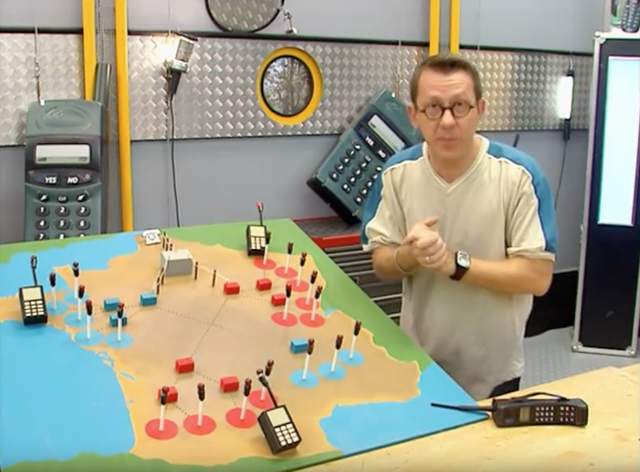Why did we all like "It's not sorcerer."
When I was a kid, science shows for young people were pretty rare on television. On the other hand, there is one that was unanimous and that has been around for a long time:"It's no sorcerer". Quite simply, the show ran from 1993 to 2014 (more than 20 years on TV, a record!).
For those of you who don't know, the episodes looked like this:
Such longevity for a popular science program is no coincidence. Somewhere, the creators of the show have found a recipe that deserves to be deconstructed. I think I've unintentionally drawn inspiration from it myself when designing my OpenClassrooms courses.
So, why did we all like "It's not sorcerer"?
Field observations
The show team was not afraid to move. Indeed, what could be more logical than observing events on the ground and then asking questions? This is what we all do naturally since we were born (we sometimes tend to forget it!).
It was still necessary to do it and wet his shirt to, for example... climb glaciers:

The mobile concept of emission was introduced from the very beginning, thanks to a "It's not sorcerer" (kind of mobile laboratory) truck:

The models
The models immediately come to mind when you think of the show. It's simple, there were some in every episode. They were both simple and rich, with a touch of interactivity.

This "handmade" and interactive aspect of the models contributed greatly to the show's success.
For the short story, towards the end the show will have tried to switch to 2D and 3D animations (more "modern"), before going back quickly.
Using digital tools alone is not enough to make it more pedagogical. In my opinion, the opposite is often the case: physical objects on a model allow us to connect more easily with concepts, which therefore seem much less abstract.
Humour
In my opinion, this is a crucial element in the program. Funny jokes and puns, whether funny or not, show that presenters can laugh at themselves and don't take themselves too seriously. This gives them an accessible image.
This point should not be underestimated, it is essential. By playing on the ridiculous, we get rid of the teacher's image on his stage, the inaccessible "knowing" that students must dream to look like.
By being simple and funny, the presenters of C' est pas sorcier did the opposite: they showed that they were like their audience.
This blogger should convince you that the goal has been achieved.